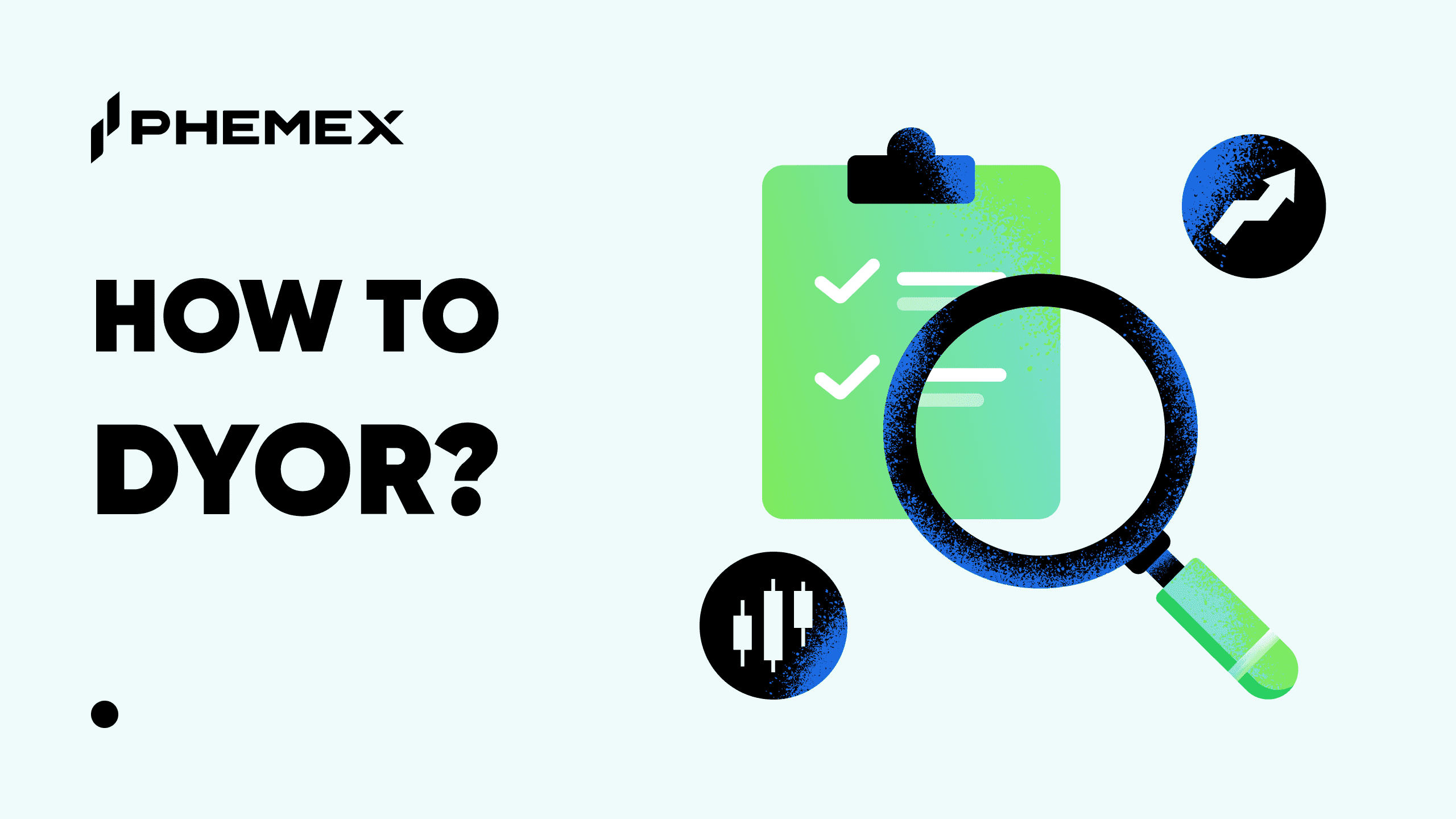Summary
- What are Network effects? – Network effects refer to the economic phenomenon in which a good or service’s value depends on the number of users, buyers, or compatible products it has. Network effects are divided into two types: direct and indirect.
- How to evaluate a crypto’s network effect? – There are three popular indicators that are commonly used in the industry to evaluate a crypto’s network effects: the Seven Network Effects of Bitcoin, store value vs utility protocols, and Metcalfe’s Law.
- Are There Negative Network Effects? – Yes, they negative network effects lead to network congestion, which slows down the network, frustrating network users and hence lowering the network’s utility.

More than a decade after Bitcoin’s 2009 launch, the estimated number of global crypto users reached 106 million in January 2021. Currently, over 22,000 businesses worldwide accept Bitcoin as payment, including major companies such as PayPal, Home Depot, and Starbucks.
Most attribute this success to crypto’s network effects. However, network effects can also inhibit growth and yield negative results. Read on to learn what network effects are, how crypto plays into them, and whether its success depends on them.

Source: Global distribution of merchants that accept Bitcoin as payment. Courtesy of coinmap.org
What Are Network Effects?
Network effects refer to the economic phenomenon in which a good or service’s value depends on the number of users, buyers, or compatible products it has. Generally, network effects yield a positive result. Popular companies such as Uber, Twitch, and Instagram all grew exponentially thanks to network effects. Network effects are divided into two types: direct and indirect.
- Direct network effects occur when the value of a good or service immediately benefits from an increasing number of users. This is found throughout social media platforms, such as Twitter and Facebook, as well as messaging services like iMessage for Apple devices and Google Messages for Android.
- Indirect network effects happen when the value of a good or service is tied to two or more interdependent user groups, where increased utility in one group leads to increased utility in the other group. These interdependent groups include producers and consumers, buyers and sellers, users and developers, and so on. Bitcoin miners and users are interdependent groups that exemplify indirect network effects. Bitcoin miners mine Bitcoin, maintain the blockchain, and verify transactions, and these efforts are rewarded with Bitcoin. The more users join the Bitcoin network, the more transactions there are for miners to process and secure, the more Bitcoin miners can earn. Similarly, the more miners there are the greater Bitcoin’s reliability, security, and overall utility, which in turn incentivizes more users to join the platform, thus keeping miners in business.
Does Crypto Benefit from Network Effects?
Yes. Many attribute Bitcoin and other cryptocurrency success to network effects. So far, there are three popular indicators that are commonly used in the industry to evaluate a crypto’s network effects: the Seven Network Effects of Bitcoin, store value vs utility protocols, and Metcalfe’s Law.
I. Bitcoin’s Seven Network Effects
First published on WeUseCoins.com, an article by prominent Bitcoin investor, Trace Mayer identifies seven network effects of Bitcoin that layer upon each other. Notably, the first six have already happened and are ongoing:
- Speculation: Novelty, the potential for appreciation, and high volatility attract spectators. A survey from financial advisory group deVere found that 70% of its clients over 55 years old had already invested in crypto or were planning to do so.
- Merchant Adoption: The lack of credit card fees and chargebacks increases profit margins, which incentivizes merchants to adopt. As mentioned, major businesses are already accepting Bitcoin as payment.
- Consumer Adoption: Aside from increased transaction privacy and greater economic sovereignty, consumers can use Bitcoin to save money at certain vendors. For example, customers could get a 15%or above discount on Amazon by spending Bitcoin through purse.io.
- Security: Miners contribute computational power to secure the immutable, tamper-resistant blockchain. With more merchants, consumers, and spectators, miners are further incentivized to secure the system.
- Developer Mindshare: Bitcoin already has a large user base. Combined with the ability to earn money in a decentralized and open codebase, Bitcoin attracts developers to develop and further improve the system.
- Financialization: As the above-listed effects continue to snowball, major financial institutions will continue to adopt Bitcoin as a financial instrument. For instance, the trading of Bitcoin futuresis offered on many major exchanges.
- Adoption as a World Reserve Currency: This may happen once transactions such as house titles, stocks, and other monetary instruments are settled on the blockchain, and when the majority of the worldwide population sees Bitcoin as a better currency.
Bitcoin’s average trading flow in 2021 reportedly reached $12.3 billion, a significant rise compared to 2020, in which it barely reached $2 billion. As the largest crypto by market cap (around $1 trillion), Bitcoin’s success is no doubt attributable to network effects by design — more users, more miners, bigger network.
To evaluate the network effects of up-and-coming cryptos similar to Bitcoin, such as Litecoin, Monero, or even Dogecoin, this list is a good starting point. For coins such as Ethereum and Cardano, we would have to look at a different set of factors.
II. Store of Value vs Utility Protocols
Crypto can be categorized into utility protocols and store of value protocols. Each protocol offers different functions that should be maximized accordingly, so the two protocols have different network effects.
- Store of value protocols include Bitcoin and Tether. Gold is an example of a historically treasured commodity for its great store of value. Bitcoin also offers an excellent store of value as it is limited in supply, decentralized, immutable, and censor-resistant. It can be saved, withdrawn, and traded in the future with no significant value deterioration. As more users HODL, or hold Bitcoin, it becomes more valuable. As other cryptos need to compete against Bitcoin’s historical dominance and already-strong network effects, Bitcoin can be considered as the sole winner among store of value cryptocurrencies.
- Utility protocols include smart contract platforms such as Ethereum. These are often argued to have lower network effects. They are interoperable and can be easily switched across chains, meaning users can easily leave the network. However, interoperability can also lower switching costs, which is a barrier to positive network effects. The recent rise of non-fungible tokens (NFTs) demonstrates a slow achievement of items 1-6 on the Seven Network Effects of Bitcoin list. As such, Ethereum’s lower network effect performance could be changing.
III. Metcalfe’s Law
Metcalfe’s law can be used to analyze many network effects characteristics. This law states that the value of a telecommunications network is proportional to the square of the number of connected users of the system (n²).
In 2019, analyst Timothy F. Peterson concluded in a research paper that “Bitcoin’s price in the medium- to long-term, appears to follow Metcalfe’s law, depending on periods used.” A 2013 and 2019 study both further supported Peterson’s conclusion, with the 2019 paper citing that “Metcalfe’s law may be valid in the long-run.”
Although Metcalfe’s law could be used to measure the network effects of crypto, it still requires further long-term research. As Peterson stated in his paper, “while Metcalfe’s law is well known in the computer sciences, it is virtually unheard of in economics.” Peterson himself has pointed out in his paper, that in 2013, Bitcoin’s price spiked beyond what Metcalfe’s law would have suggested. He pointed to price manipulation as a possible cause — a theory further supported in a 2018 paper.
Despite the overwhelmingly positive network effects that crypto (especially Bitcoin) has, uncertainty still exists. This leads us to the next question:
Are There Negative Network Effects?
Yes. In economics, negative network effects occur when each new user decreases the value of the good or service instead of adding to it. Negative network effects have four characteristics:
- More login retries
- Longer query times
- Longer download times
- More download attempts
These four characteristics lead to network congestion, which slows down the network, frustrating network users and hence lowering the network’s utility. This happens to be a prominent problem on Ethereum’s gas system — a problem accentuated by the NFT boom. The more users there are, the more competition there is to bid higher gas fees so that miners select the user’s transactions. The high gas fees are a barrier to entry and increase switching costs, which halts the incoming of new users.
Similarly, Bitcoin faces network congestion problems as well, such as higher transaction fees when demand surges. This happened just last month, where average transaction fees spiked to $52 due to an unprecedented number of pending transactions.
However, network congestions seem to be an inevitable effect of positive network effects. In fact, network congestion seems to be an inherent property of Bitcoin and most blockchains, as identified in a 2018 paper by Konstantin Sokolov, Assistant Professor of Finance at the University of Memphis. This is because Bitcoin is designed to have its mining difficulty raised, which helps ensure new blocks are mined at a steady rate and to maintain the security of a network — as previously mentioned when we talked about indirect network effects. The more miners and users there are on a blockchain, the more secure it becomes. Malicious attackers would need to overpower more than half the entire blockchain’s computing power to gain control — a costly process known as a 51 percent attack.
Conclusion
Although there are valid concerns surrounding crypto’s mass adoption and competition against fiat currency’s network effects, the problem is slowly being resolved. As mentioned earlier, more and more older people are investing in Bitcoin, which is evidence of crypto’s strong network effects. The number of merchants and retailers accepting Bitcoin as payment is on the rise as well.
In the end, the majority of cryptos, especially Bitcoin, are designed to benefit from network effects — a factor that serves to increase its intrinsic value, just like fiat money. As mainstream adoption continues to increase, the value of crypto may continue to grow as more users join in.
Read More
- Why Does Bitcoin Have Value?
- What is Cryptocurrency & How It Differs From Digital Cash
- July Crypto Market Analysis
- May 2021 Crypto Market Analysis
- What is Bitcoin: World’s Largest “Group Project”
- December BTC Market Analysis
- February 2021 BTC Market Analysis
- Efficient Market Hypothesis (EMH): Does Crypto Follow?








